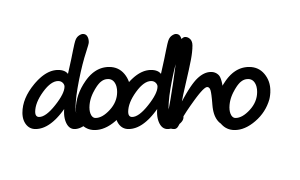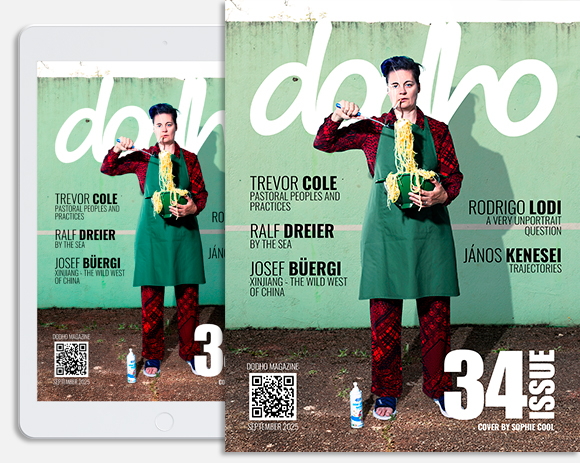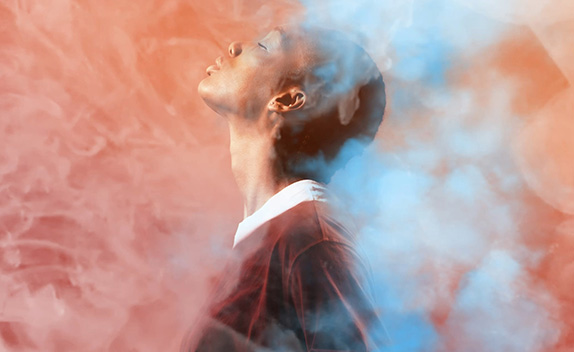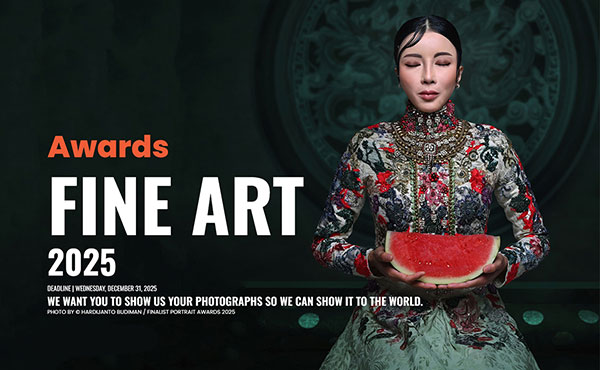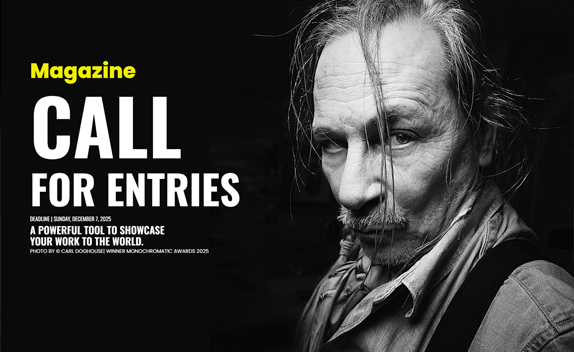The body has always been a battleground. What is new is that today this field is handed to a few terms of service written by lawyers and enforced by moderation systems that cannot read nuance.
Nude photography, which for decades spoke with art, fashion, and journalism, now crashes into a binary filter: allowed or removed. Between skin and pixel, platforms decide what is visible, what is erased, and what gets punished with a silent blackout. The result is a domesticated visual landscape where the author’s intent matters less than the comfort of the algorithm.
The paradox is clear. We have never seen so many bodies on screen, yet we have never seen so much surveillance over how they appear. The logic of social media confuses vulnerability with reputational risk. A painted female torso can be flagged as “sexual content,” while an ad for cosmetic surgery glides through. The bare nipple is an ideological border, not a biological one. The male nude, when not explicit, tends to fare a little better; the female nude meets rules designed to merchandise audiences, not to cultivate judgment. Here is the shift: the body stops being a subject and becomes a monetizable “asset” or a “threat” to the brand.
Censorship is not only deletion in plain sight. There is an opaque sanction: less reach, less discovery, fewer conversions. The photographer posts anyway, but falls into an algorithmic basement without warning. This shadowban breeds a new kind of self censorship. Before, you negotiated with an editor; now you negotiate with a probability. Frames are composed with strategic gaps, nipples get covered with stickers, zones are blurred as if skin were a spoiler. The aesthetic folds to the rule and whole genres of “network safe nude” appear, an oxymoron that defines the decade.
The biases are recognizable. Normative bodies, young, white, with a cool catalog light, survive moderation better than fat, old, Black, trans bodies, or bodies marked by illness. What the platform calls “safety” is often plain cultural hygienism. Protection is confused with puritanism and the old hierarchy of who is allowed to be seen is renewed. In that asymmetry, documentary work and political self portrait suffer most: the scar, breastfeeding, mastectomy, or transition are labeled “sensitive content,” while the sugar coated erotics of marketing circulate without friction.
The commercial ecosystem adds another layer. Some platforms close the public door to nudity and open it in paywalled rooms. What gets expelled from the feed gets monetized behind a wall. This does not solve the ethical debate, it moves it. Artistic photography is trapped between two fires: either it is domesticated to pass the filter, or it retreats to a subscription circuit that limits public conversation. Visibility becomes a toll. The work loses context, and context is where the nude becomes discourse rather than a simple sexual signal.
Photographers have responded with tactics. Allegory, turning the body into topography, fragment, or shadow to bypass the detector. Complicity, treating censorship as a language, pixelating on purpose, placing black bars as if they were brushstrokes. Diaspora, using decentralized platforms or owned galleries where curation is a contract between author and audience. No tactic is definitive. All carry costs, of time, of money, or of reach. Above all, they pose a deeper question: to whom are we outsourcing judgment?
The line “it is for the kids” appears as a universal excuse. Protecting minors is legitimate; using that cause to neutralize every nude is not. Visual education matters. Photography can, and should, work with sexuality, identity, and power with responsibility. That takes real tools: age checks that are not dystopian, publication modes that require context, clear classification by the author, appeals handled by humans with cultural competence. This is not science fiction; it is design will.
We also need to talk about the archive. Today’s rules delete yesterday’s bodies. Historical photographs of breastfeeding or of protests with bare torsos disappear for “violations” that did not exist when they were made. Visual memory is rewritten by a conservative present. A museum would not hang placards to cover paintings; platforms do, because their priority is to avoid discomfort for advertisers. That capitulation breaks the pact with the viewer: seeing is not consuming, seeing is understanding. A system that only allows seeing what sells trains eyes that cannot hold complexity.
What can the photographic community do, beyond complaining? First, document. Every takedown, every appeal, every algorithmic shadow should become data. Second, federate. Associations, magazines, and festivals can apply coordinated pressure, not to demand a blank check, but to obtain rules that are legible and enforced with coherence. Third, diversify channels. The feed is a shop window, not a destination. Publishing on your own site, in newsletters, in books, and in physical exhibitions is still the way to fix context and meaning. Fourth, educate the audience. Explain why a body is not a product, why a nipple is not pornography by default, why consent and framing matter.
One last note for anyone who thinks censorship is a small toll to “reach more people.” Form shapes content. If you frame to please the machine, the machine will end up writing with you. The nude survived inquisitions, wars, and dictatorships because it defended something simple: the dignity and power of the body as a place of truth. Today the threat does not come from a ministry, it comes from software architecture that optimizes for the absence of discomfort. To resist is not to shout, it is to sustain judgment and to build spaces where that judgment can be exercised.
The pixel is not the enemy, it is material. The enemy is the automatism that says all skin without context is danger. Censoring is easy; raising literate eyes is the hard part. If photography wants to keep telling what we are, it will have to claim the right to show the body without apologizing to an algorithm. And we, as readers, will have to accept the risk of looking.

